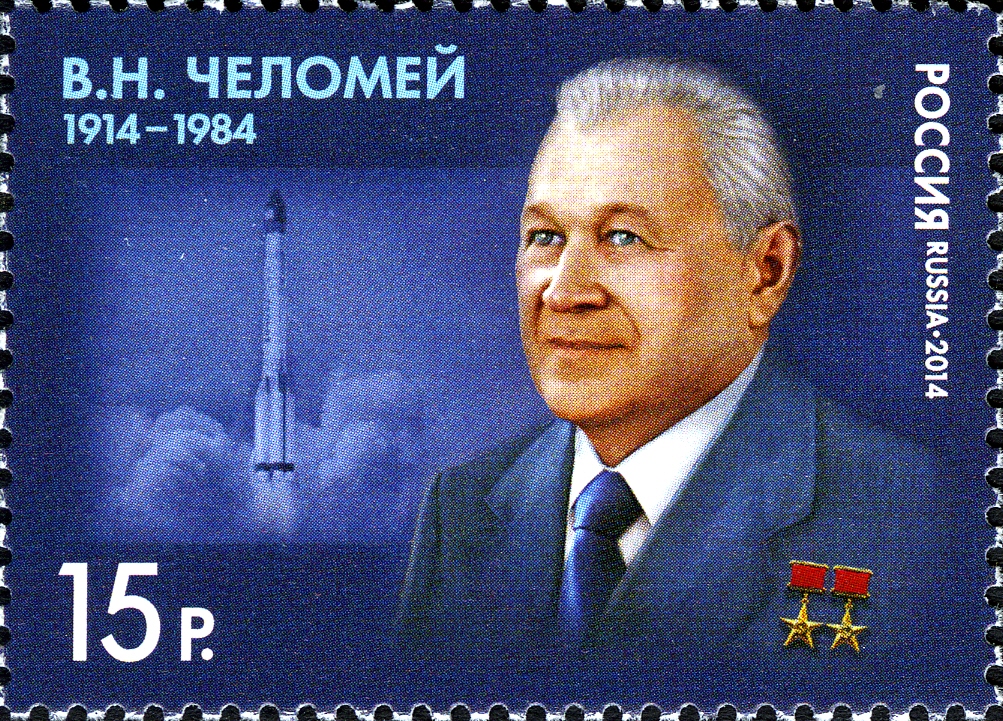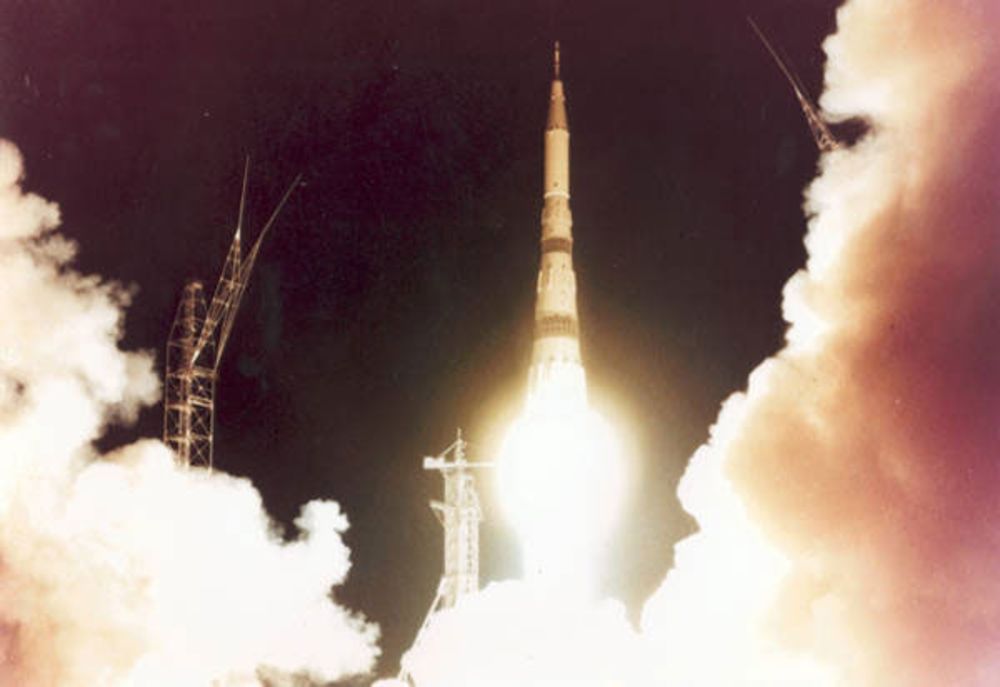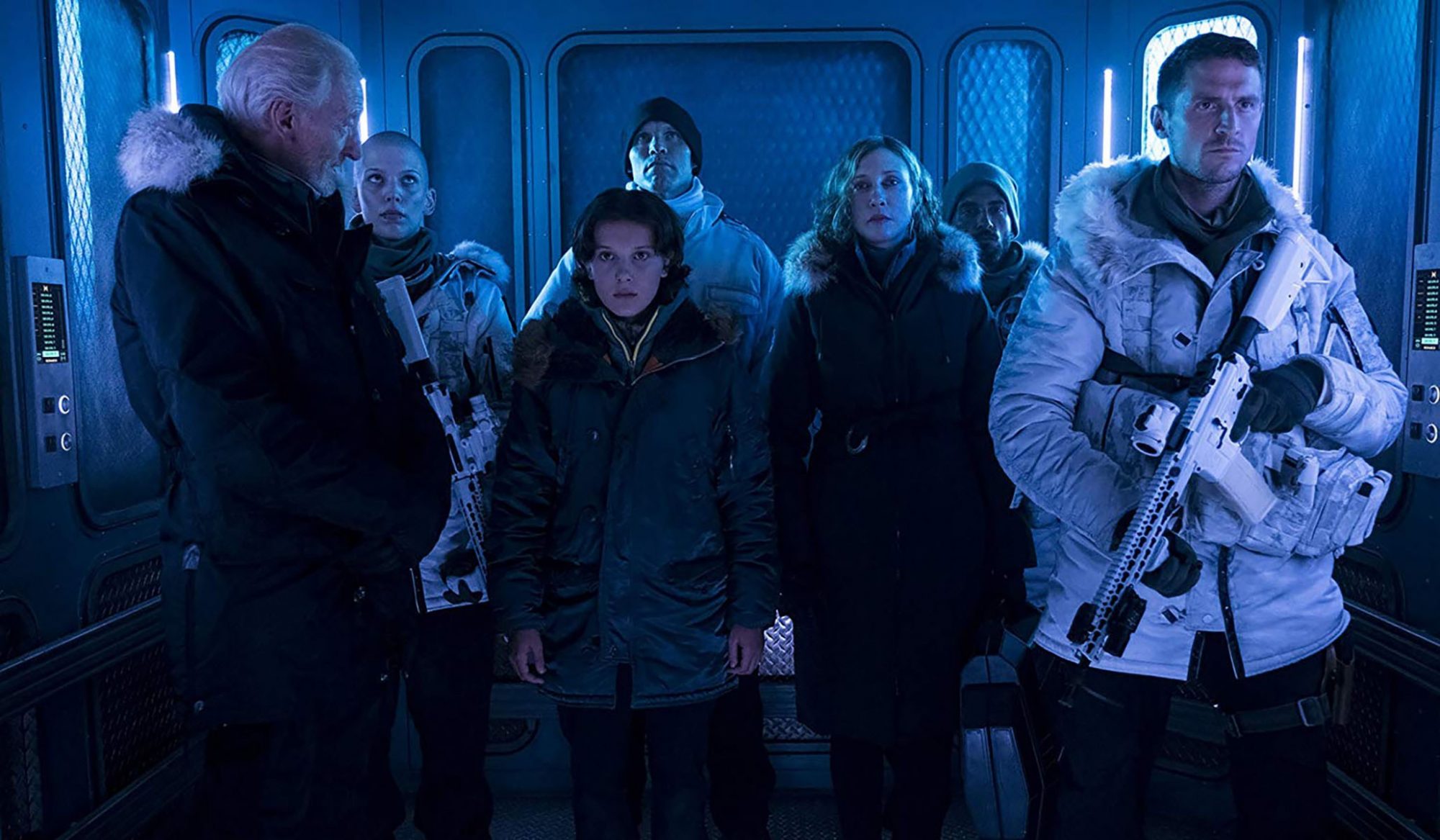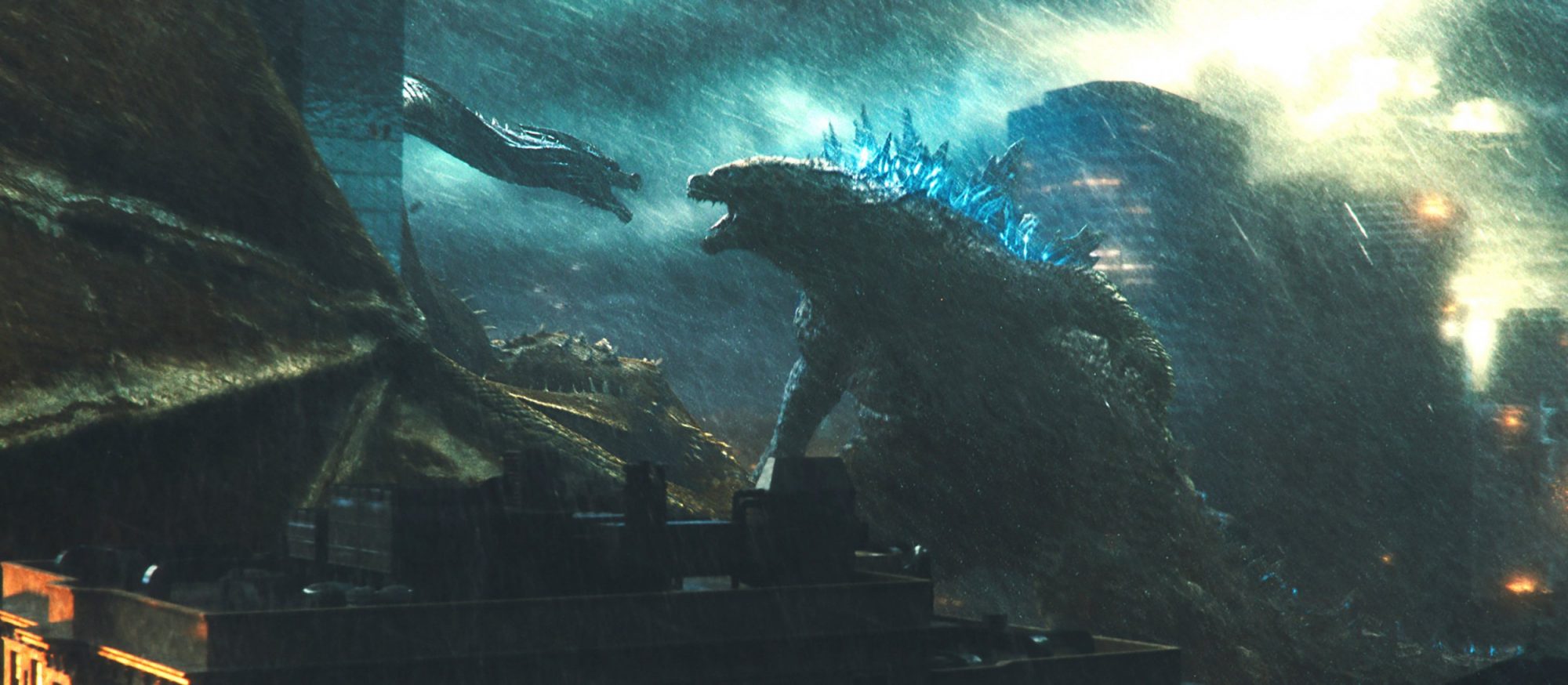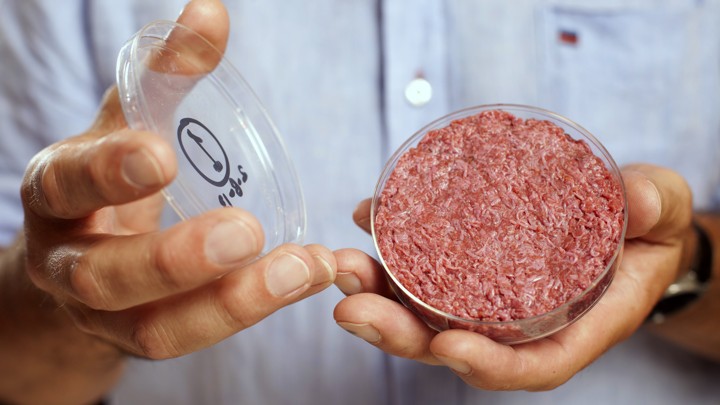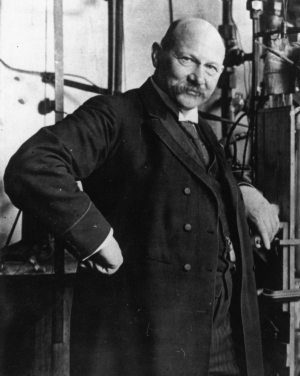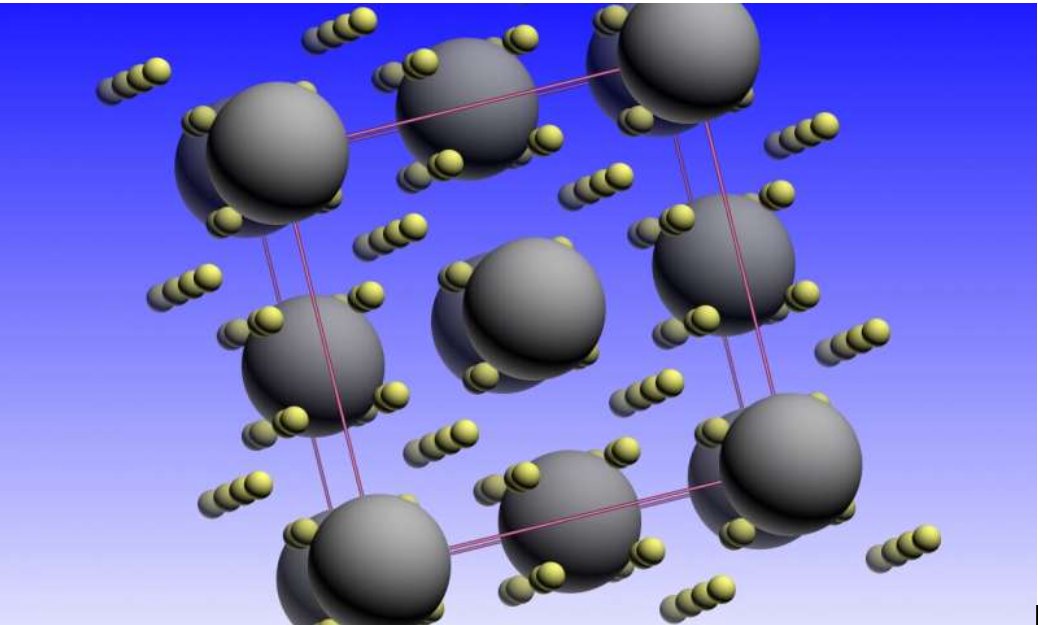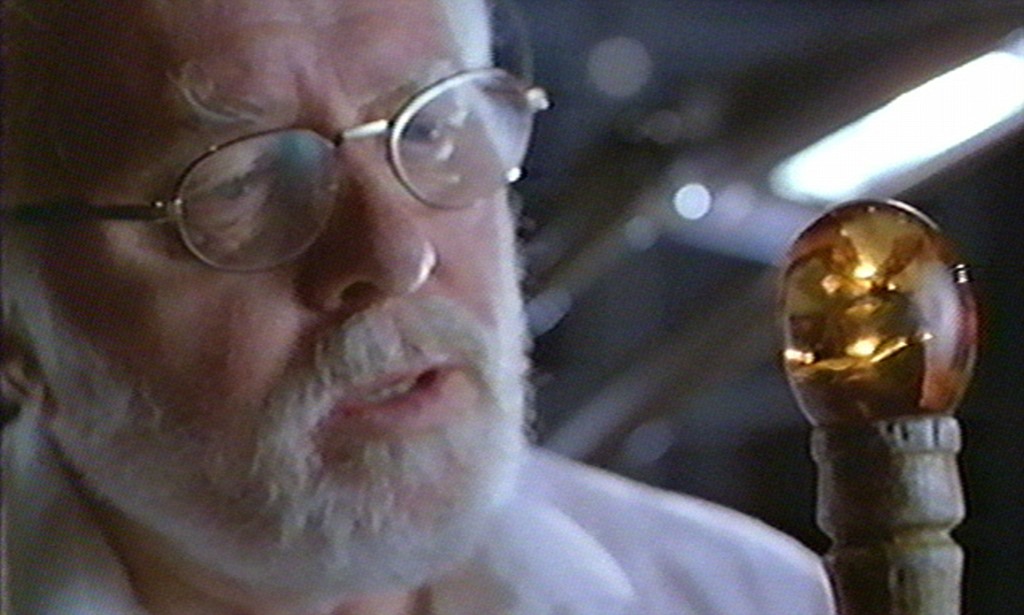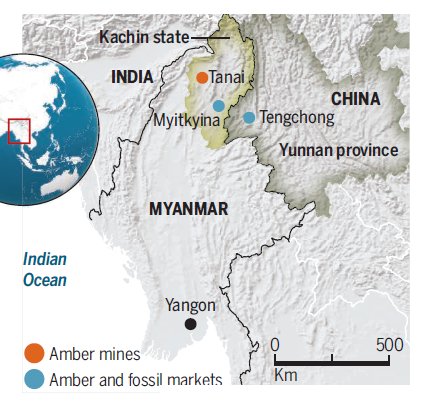(NOTE: Science and Science Fiction is having a few problems right now with its platform program WORDPRESS. One of these problems is that I can’t insert any images into the body of my posts!!!! Right now the IT support at my host IPAGE is working the problem and hopefully they’ll fix the problem soon.
In the meantime however I want to check and see if I can still publish my posts I’m going to try to publish this one without images. Once everything is back to normal I’ll edit the post to add images but until then at least you can still read about the latest in Science and Science Fiction!!!)
Modern physics right now has a couple of big problems that are called Dark Energy and Dark Matter. I say they are big problems because we estimate that they make up more than 95% of the energy in the Universe while we know nothing about them aside from a few educated guesses.
In this post I’ll be discussing Dark Matter and in particular the latest experiment to attempt to detect and learn something about the nature of Dark Matter, the LZ experiment. Before talking about LZ however let’s take a step back and consider some of the evidence that has led physicists and astronomers to even consider the possibility of Dark Matter.
About fifty years ago astronomers began to make careful estimates of the masses of the various galaxies that they were observing in their telescopes. They made these estimates using two different techniques. (In science if you can measure something in two completely different ways and get the same answer from both that’s usually considered strong conformation that you’re getting the right answer!)
The first technique was very straightforward, count, well estimate, the number of stars in the Andromeda galaxy let’s say, and since we know the mass of one star, our Sun, a simple multiplication gives you an estimate of the mass of Andromeda. The second technique employed Newton’s laws of gravitation and required measurements of the velocities at which stars of various distances from the center of their galaxy orbited around that center. Both techniques required an enormous amount of very careful, painstaking measurements and so at first no one was surprised that the initial results were not very close.

As time went on however and the measurements became more accurate the discrepancies didn’t go away. Worse, the results always differed in the same way, that is the Newton’s laws astronomers always had the galaxies weighting more than the astronomers who counted stars, and the ratio between the two groups was always a factor of about six times as much mass as could be seen. It was looking as if there was a lot of matter in galaxies that couldn’t be seen, a lot of Dark Matter!
As astronomers began to consider what this Dark Matter could be made of they first considered fairly normal objects like red dwarf and brown dwarf stars. Red dwarfs are stars that are so small and dim that they are all but invisible at stellar distances while brown dwarfs are even smaller, so small they can’t even start hydrogen fusion in their cores and so are not really stars. They’re bigger than a planet, but not big enough to be true stars. Collectively these objects were called MAssive Compact Halo Objects or MACHOS and large numbers of them, larger than the number of ordinary stars, could account for a sizeable amount of the required Dark Matter in the galaxies.
So astronomers began looking for these MACHOS in our local stellar neighborhood in order to get a measurement of how common they were. In particular the Hubble space telescope was employed in the search but the final results were disappointing. A few brown dwarfs and very small red dwarfs were found, but not nearly in the numbers needed to even double or triple the masses of the galaxies.
It was at this point that the physicists got interested, because some of their theories about sub-atomic particles were indicating that for every particle we knew about, there should be a massive ‘Supersymmetric’ partner that only interacts weakly with other particles. These particles were given the name ‘Weakly Interacting Massive Particles’ or WIMPS and particle physicists were actively searching for these WIMPS in their powerful particle accelerators and other experiments. The possibility that these WIMPS could be the Dark matter astronomers were looking for only increased the effort to detect them. So it is that we come back to the LZ experiment!
The LUX-ZEPLIN or LZ experiment represents a collaborative effort between two previous searches for Dark Matter, the America LUX (Large Underground Xenon) and British ZEPLIN (ZonED Proportional scintillation of LIquid Nobel gasses) experiments. The LZ experiment will be conducted at the Sanford Underground Laboratory 1.5 kilometers beneath the Earth’s surface in the Homestake mine in Lead South Dakota. The LZ experiment like its predecessors LUX and ZEPLIN has to be conducted deep underground in order to minimize the number of false detections caused by cosmic ray particles.
The LZ experiment’s main detector will consist of a vessel containing 7000 kg of liquid Xenon with a small layer of xenon gas at the top while both the top and bottom of the vessel are covered with photomultiplier tubes. Any interaction between a WIMP and a nucleus of a xenon atom will immediately release a few photons of light that will be detected by the photomultiplier tubes. At the same time an electron will be knocked away from the atom. This atom will travel upward due to a uniform electrical field surrounding the xenon container. After a few milliseconds the electron will reach the xenon gas where it will ionize some of the gas atoms releasing more photons that will also be detected by the photomultipliers.
It is this unique signature of a few photons followed a fraction of a second later by more photons that will indicate the detection of a WIMP. There is a problem however; an ordinary neutron passing through the xenon vessel could produce a very similar signal. In order to filter out the false signals from neutrons the entire xenon vessel will be placed inside an outer detector containing 17,000 kg of gadolinium-loaded liquid scintillator (GdLS), which is a neutron absorber, releasing more photons.
So if the outer GdLS detector signals a neutron absorption immediately after the inner xenon detector detects a possible WIMP, that WIMP candidate will have to be rejected as a false event. This shows you the enormous lengths that physicists must go to in order to make absolutely certain that they are detecting just the particle that they are searching for.
The LZ experiment is now under construction and is expected to begin operation in 2020. In a few years then we may hear about the first confirmed detector of a WIMP, we may for the first time observe and learn something about an actual piece of Dark Matter.







